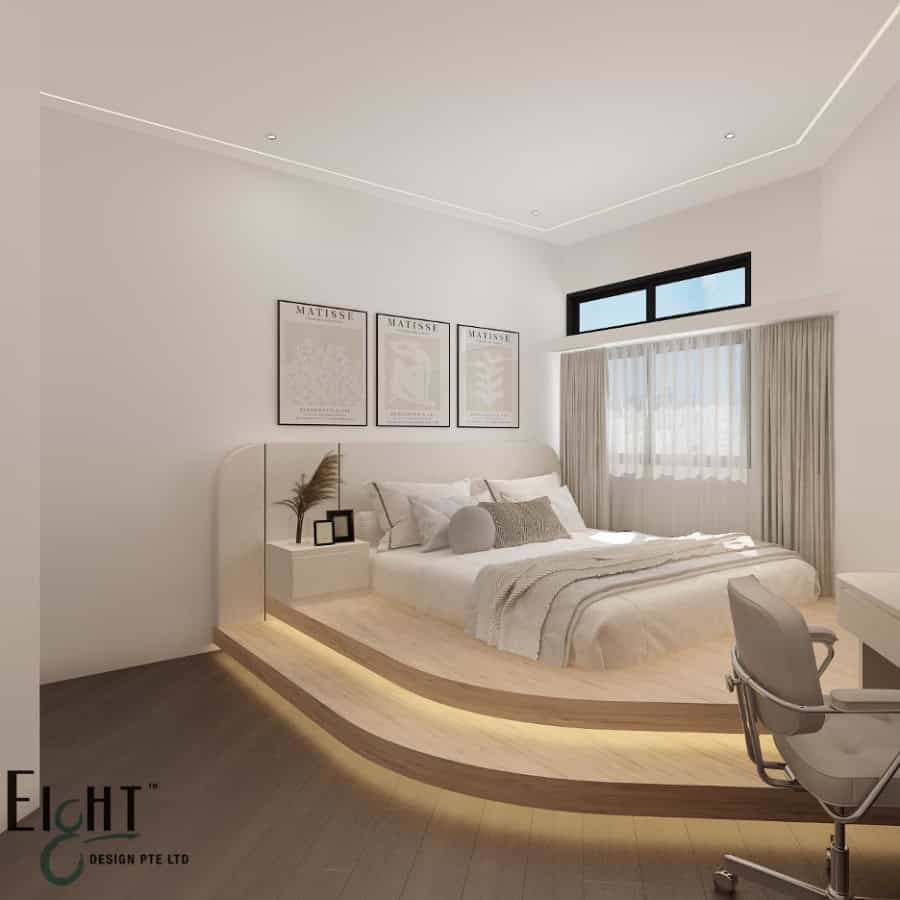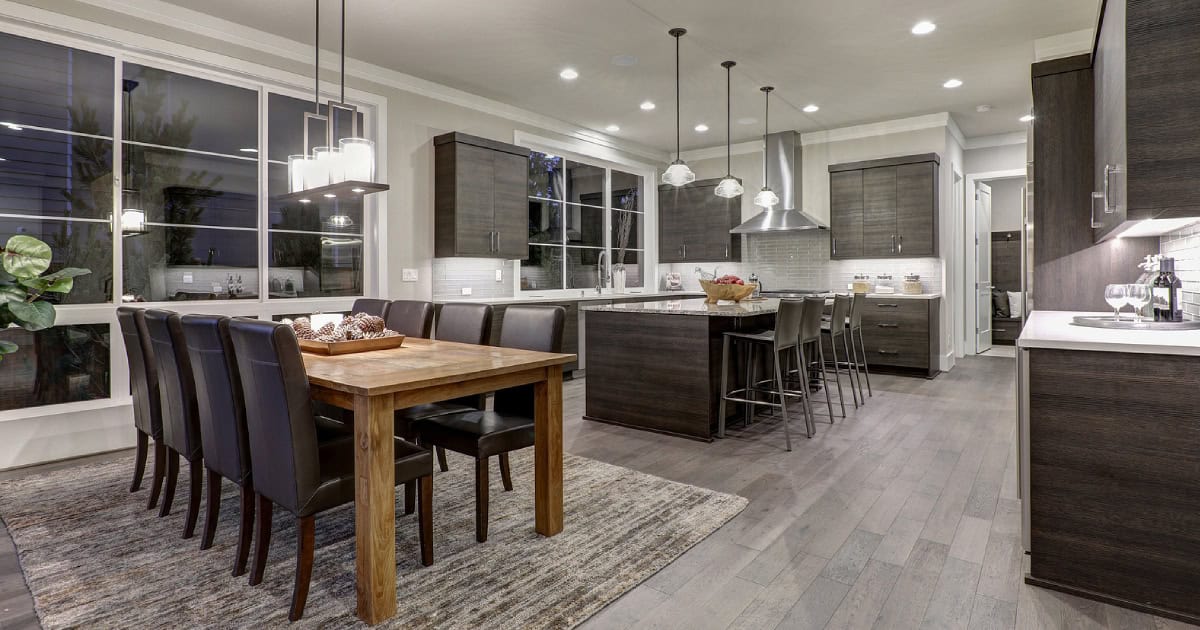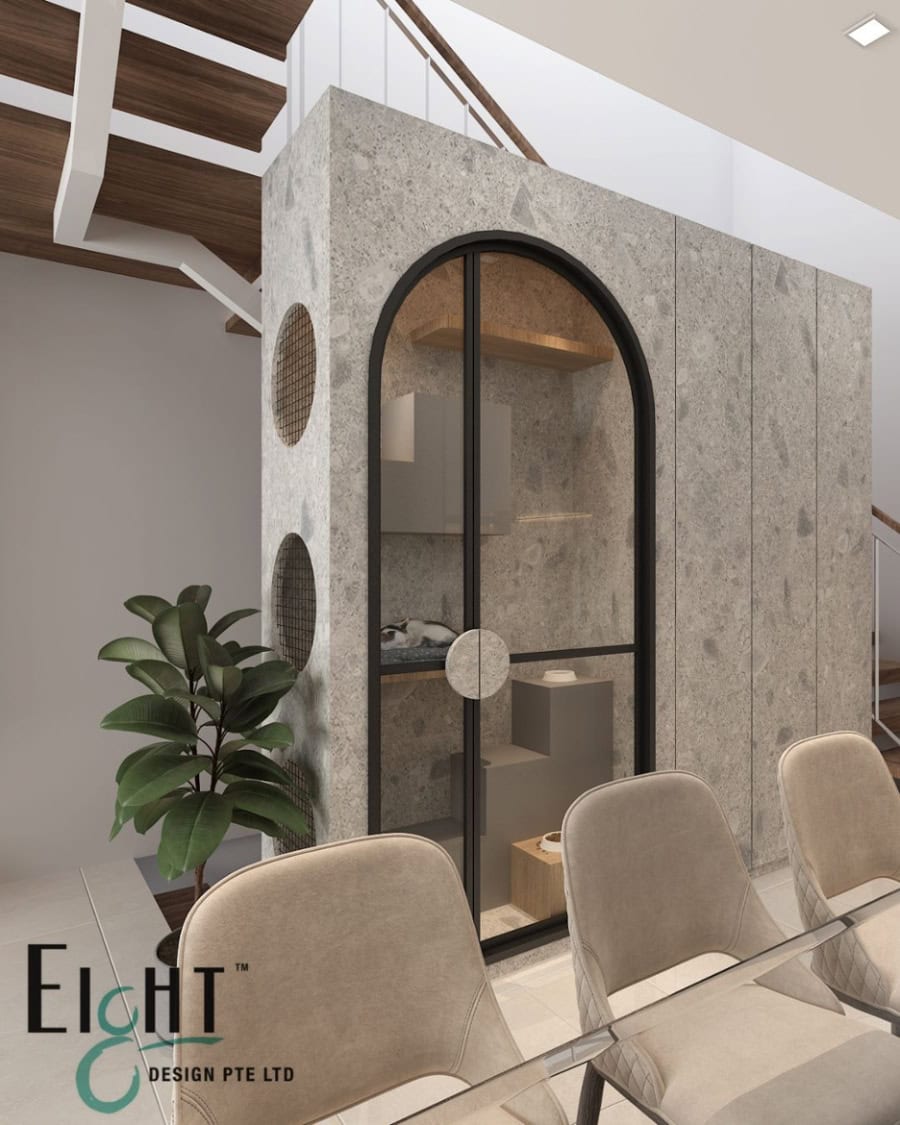Open-concept homes are having a moment, and it’s not hard to see why. From BTO flats to high-rise condominiums, more homeowners in Singapore are leaning towards seamless spaces that allow light and energy to flow freely. Without the boundaries of traditional walls, living spaces feel bigger, brighter, and more modern, which is especially important when you’re working with limited square footage.
But just because a space is open doesn’t mean it has to be undefined. In fact, creating subtle separations between zones can improve how your home functions. Whether you’re trying to distinguish work from rest or carve out a quiet reading nook in your living room, clever space planning and design details can help. Here are some professional ways to define your home spaces without disrupting that open, airy feel!
1. Use furniture to create natural boundaries
One of the simplest yet most effective ways to divide a space is through furniture placement. For example, a strategically positioned sofa can create a clear transition between the living area and dining space. A low open shelf or console table can serve the same purpose, offering storage while subtly defining zones.
This method works beautifully in smaller apartments and condos, where every inch counts. It’s also flexible, which is perfect if you like to switch up your layout now and then. Opt for multi-functional furniture, like a bench that doubles as storage or a kitchen island that anchors your cooking space and acts as a breakfast bar.
A seasoned condo interior designer will often recommend this approach to create visual order in a one-room setting, like a studio apartment, where you need to balance functionality with aesthetics.
2. Try layered lighting to define purpose

Beyond brightening a room, lighting helps communicate the function of each zone. Think pendant lights over a dining table, a statement floor lamp in a reading corner, or track lighting to highlight a bed. These subtle lighting shifts naturally guide the eye and reinforce the intended use of a space.
In open-concept homes, layered lighting adds depth and dimension. Combine ambient lighting (like recessed lights), task lighting (such as under-cabinet lights or desk lamps), and accent lighting (like wall sconces) to distinguish between areas without any need for walls.
Many professional designers in Singapore also use lighting temperature to differentiate mood, such as warm light for relaxing zones like bedrooms and cooler white light for workspaces like kitchens or studies.
3. Add visual cues through flooring or rugs
Another clever design technique is using different flooring or rugs to define zones. For instance, a plush area rug under the sofa creates a visual ‘living room’ space, even if it’s only a corner of a larger room. In kitchens, switching from wood to tile underfoot marks the transition without any hard barriers.
This is especially useful in Singapore’s compact homes where renovations are heavily guided by both design and practicality. Materials matter; rugs can soften a space and improve acoustics, while tiled areas are easier to clean and ideal for food preparation.
With renovations often ranging from $40K to $100K, depending on scope, this design strategy offers a cost-effective way to enhance your space without major structural work.
4. Create architectural interest without building walls
If you’re open to more structural changes, features like half walls, glass partitions, or even raised platforms can offer elegant solutions. A glass divider between your living room and cat room, for example, keeps things light while adding privacy. Similarly, a raised platform can visually separate a study or play area, especially in longer rectangular spaces.
Design elements like archways or ceiling recesses also signal transitions in a subtle yet striking way. These can be especially useful in landed properties or larger condos where space allows for architectural creativity.
Singapore homeowners are increasingly incorporating Japanese-style wooden slats or indoor screens, as they maintain openness while adding texture and form. These work well in minimalist or Scandinavian-inspired homes, both of which are popular among urban homeowners today.
How to make open-concept work for you
Defining your space doesn’t mean closing it off. The goal is to improve the functionality of your home without losing its openness and flow. Whether you’re just starting out with light touches like furniture placement and rugs, or you’re considering bigger moves like custom partitions, these clever ideas can help make your space work harder and smarter for you.
If you’re unsure where to start, working with a professional can make all the difference. An experienced team understands how to tailor open-concept layouts to Singapore’s unique housing types, whether you’re in a new BTO, resale flat, or private condominium.
Ready to get started on your renovation journey? Eight Design offers full-service interior design and renovation solutions in Singapore, tailored to both your lifestyle and budget. Whether you’re updating a condo or building your dream landed home, we can help define your space for beauty, function, and lasting impact – view our residential portfolio.
Let’s make your open-concept home feel effortlessly functional and beautifully you.


